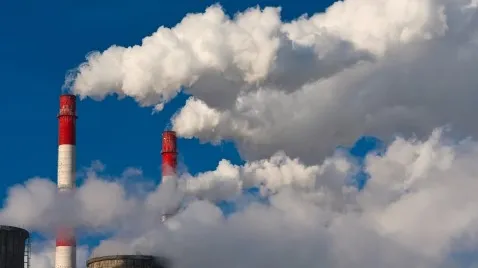
Will China’s coal push delay its dual carbon targets
Government data showed China’s coal production grew 11% in H1 2022.
In ensuring access to energy, China increased its coal production, reaching an 11% growth in the first half of 2022. This, however, raises concerns on whether the country will see delays in achieving its dual carbon target to peak by 2030 and achieve neutrality by 2060.
Asian Power asked the opinion of some industry leaders:
David Fishman
Senior Manager, The Lantau Group
In 2021, we've seen China continue to build coal plants and expand its coal mining capacity. This is something that is still possible to do under China's current energy planning. China's decarbonisation plan calls for a carbon peak to be reached in 2030. But since there is a coal consumption peak declared for 2025, it means that before 2025, the amount of coal consumed in the economy or to keep the economy moving for any purpose—including power generation or steel production—could still be increased and then must be peaked in 2025.
For building coal-fired power inside of China, the important question to consider is not just whether the capacity is being built, but also how much is going to be used because building a coal plant does not necessarily mean it is going to be used all the time. We're still seeing coal being built in China, which will be used in provinces building a lot of renewables, but that will still need some other form of firm supply to meet their needs in the evening or other periods when variable generation is unavailable.
In terms of meeting its milestones for 2025 and 2030, these milestones should not be affected. They would still plan to cap at that time, it could mean that the level that it caps at will be a little bit higher than it was previously, if you chose to set that cap in 2021 or 2022.
I think we're going to see more coal capacity for sure, but because of the function that it is serving, which is a backup for renewables that are being built everywhere, they're going to be running not much. Their load factors and capacity factors are going to be quite low, we’re going to end up with more capacity, but the average capacity factor for the whole fleet is going to be lower. We'll still end up with consumption increasing, but the framing of China doubling down on coal—it's got a couple more years until 2025 and all those plants are going to be running at a really low load capacity, really low load factors.
Carlos Torres Diaz
Head of Power Research, Rystad Energy
International coal prices have increased significantly this year so China is trying to reduce its dependency on imports. API 5 prices, which is a reference for the region, have increased from a level of $160 per tonne in the third quarter of 2021 to more than $400 per tonne recently. China is also trying to reduce imports of LNG as prices remain at a record-high level.
Further, China is currently prioritising its energy security and aiming to limit power generation costs to the extent possible. This means using more coal in the power mix.
As a result, it is likely that carbon emissions from the power sector will increase this year and next at a faster pace than previously expected. However, most investments in new capacity are still for solar and wind technologies so the long-term target for carbon neutrality could remain unchanged.
We see a similar trend across the world where countries are prioritising energy security above climate. European coal power generation has increased 11% this year. India has also aimed to increase domestic coal production and is currently studying the slower retirement of aging coal plants.
Pavan Vyakaranam
Analyst, GlobalData
Energy security is the key reason for China pushing for coal. China is facing a severe electricity crisis because of tight supply and high demand for power which is a result of the worst heat wave the country had witnessed in the last 60 years. Industrial users producing metals, chemicals, and other industrial goods in China's Sichuan region are forced to shut down for a week to prioritise residential supply. Sichuan province ordered the suspension of industrial production during August 15 to 21 to avoid blackouts.
The current economic conditions and growth predictions make it highly unlikely for China to achieve its dual carbon targets. The current electricity crisis led China to lift restrictions on coal production domestically and imports from Russia. This will derail efforts made with respect to emission reduction in the short term.
There will be an increase in coal-based electricity generation in the region to overcome the current energy crisis. Of the total coal capacity under construction in the world, the Asia region has over 94.5% capacity. China alone accounts for over 48% of the total under construction coal capacity in the world and has a share of over 51% of coal capacity under construction in the region. China is followed by India which accounts for 20.6% of under construction coal capacity in the Asian region.


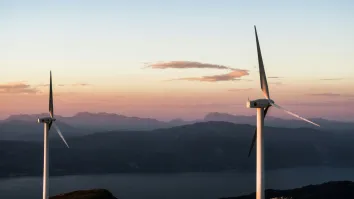
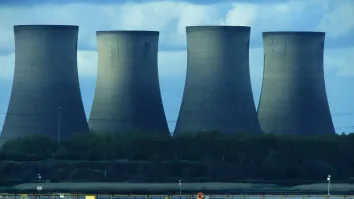
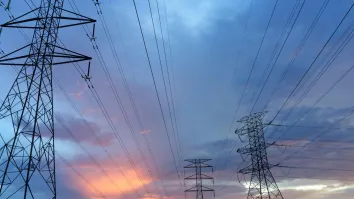
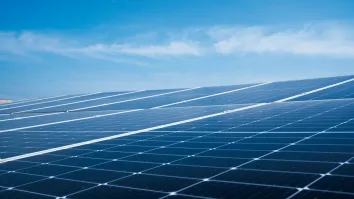













 Advertise
Advertise







